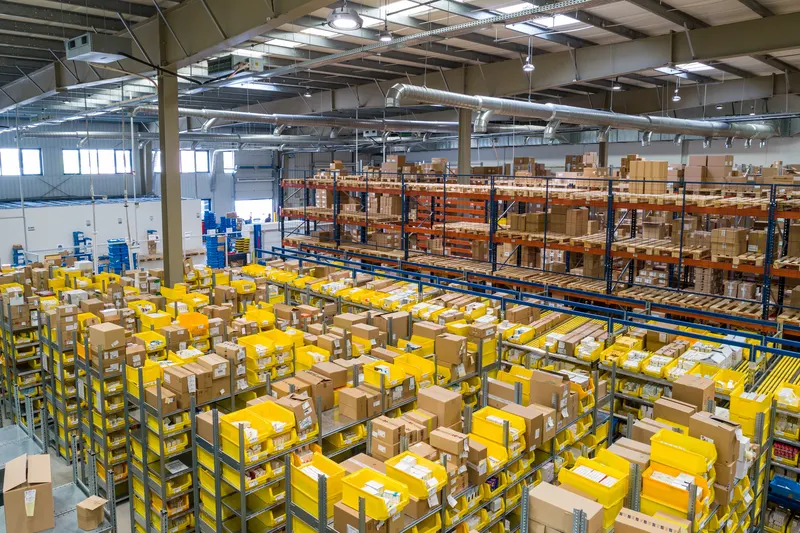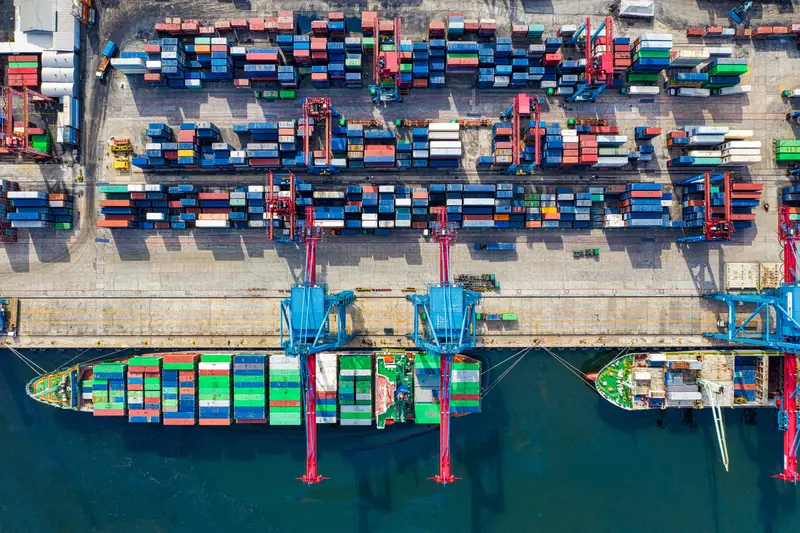The application of lean management ideas to supply chain performance is known as lean logistics. Lean Logistics analyzes and removes non-value-added operations in order to enhance the flow of commodities and save expenses.
The goals of lean logistics include waste elimination and quality enhancement. Lean logistics allows for the streamlining of logistical procedures across all industries, not simply those of manufacturing firms.
For all supply chain managers looking to simplify their logistics, this article offers a tried-and-true method. It is possible to embed lean management in the organization more easily, promptly, and sustainably by implementing the right adjustments at the right time and putting them into place in an organized, standardized manner. A workshop on lean management can assist with application.
The following section presents five effective ways to adopt lean logistics.
What is Lean Logistics?
Lean manufacturing refers to eliminating waste in the production process, such as by speeding up deliveries and throughput. Engineer Taiichi Ohno of Toyota Motor Corporation created the idea in the 1970s.
Lean management is now universally recognized as the norm for industrial businesses. Lean IT can use lean management as well. What does this signify for supply chain management and logistics?
Like other businesses, logistics is experiencing a rapid change in client demands. Companies can respond to these demands more quickly and flexibly thanks to lean procedures. The logistics procedures must guarantee a constant flow of customers and production: just in time. Value-added processes are optimally connected and coordinated by lean logistics.
The foundation of lean logistics is the notion that any process can be made better by cutting out steps that aren’t necessary and repurposing strengths.
To become a lean organization, the logistical procedures must be improved. While logistics costs in industry range from 5 to 15% of turnover, they can potentially approach 15 to even 25% of turnover in retail.
To adopt lean logistics in any supply chain, a variety of lean methodologies and technologies can be used. This article details the essential transformation process and a workable technique for implementing lean logistics.
1. Focus on the lean principles of a lean organization
The principles of lean manufacturing, administration, and logistics management:
- Customer-centricity: Understanding the logistics value stream
- Process Orientation: Identifying and enhancing the steps in the process that increase the value stream.
- Flow orientation: Pull methods to decrease lead and waiting buffers, discover and continually eliminate waste, minimize inventory, and utilization of technology are all examples of flow orientation.
- Striving for supply chain improvement: Creating a continuous improvement process and monitoring performance through shop floor management are two ways that supply chain management can be improved.
2. Identify customer benefits: value stream analysis for supply chain management
What exactly is a value stream? It can be summed up as the things that the customer values because they get something out of them. Only actions that the client would be willing to pay for are useful. A method for assessing processes by taking into account the movement of materials and information through them is called value stream mapping (VSM).
A tour of the business is used to actually record the value stream there, where it is actually occurring. When the procedures are evaluated from the perspective of the client, the problem is analyzed upstream and begins with the customer (line back planning principle). The representation, though, is downstream. The material flows are represented by straightforward symbols along with the analysis-relevant properties, such as processing time and setup time. In actuality, the value chain is used to identify waste.
Based on this, a target value stream is developed. In order to obtain a waste-free process, it is important to systematically work through the areas of rhythm, flow and control in the first phase. Once the development of a value stream is complete, it is implemented with the help of an action plan.
3. Eliminate waste through lean logistics
Waste must be found in the current logistical operations in order to be eliminated. The core of lean manufacturing and the shift to lean management is eliminating needless activity in all areas.
For instance, there are various ways that resources might be wasted in logistics, such as:
- Longer wait times due to excess inventory (inventory/overstock)
- Poor planning and unnecessary transportation
- Rejects or defects
- Overproduction (e.g. packaging: packaging that does not effectively protect against damage or too much packing material)
- Long lead times and wait times
- Movement and travel times
4. Reduce inventory: pull principle of lean management
Inventory reduction throughout the supply chain is one of the most prominent lean logistics approaches. Getting rid of unused inventory boosts efficiency. First, supply chain management should be utilized to determine which products a company has in stock and where they are located. The item’s necessity for storage in your own logistics is then established. If an item does not need to be stored, it is removed from the warehouse.
Barcodes for inventory tracking should also be taken into consideration. Companies can readily know what products are available and where they are courtesy to barcodes (material flows in logistics). Some businesses manage their inventories using software. These tools can enhance storage and retrieval as well as automatically update inventory. According to the lean philosophy, pull methods for inventory minimization have proven their worth.
The pull strategy, which focuses mainly on customers who intend to purchase the product, is effective for both online and offline retail sales of goods. As a result, it is demand-oriented. Only when a consumer places an order do the production and logistics procedures start. This reduces the consumption of resources.
Another method of implementing lean logistics is through the use of technology. Tasks can be automated and the workflow as a whole improved with the appropriate tools. Storage is enhanced by the material flow conveyor technology. Between various parts of warehouses, products are moved using conveyor belts. This reduces the amount of manpower required to move goods within the warehouse, such as when loading cars with boxed packages.
5. Shop floor management of the logistics chain
The measurement of an activity’s results is known as performance measurement. The goal of the Lean Logistics Manager is to continuously enhance the efficiency of the company’s supply chain and logistics such that they become second nature.
Shop floor can also be translated as “hall floor,” “workshop,” or “workshop” in German. It is where value is created. Shop floor management is the practice of having managers oversee the logistical quality process while they are physically present at the site of the action (i.e. the shop floor). Direct process improvement at the site of work is the aim of lean management.
Conclusion: The customer in focus with Lean Logistics
All logistics-related business processes should be developed with the objective of adding value for the client, according to the foundational principle of lean logistics. The lean management strategy places an emphasis on waste reduction and continuous improvement. Lean management enhances quality and adaptability, lowers expenses, boosts production, and ultimately generates greater value for clients.




